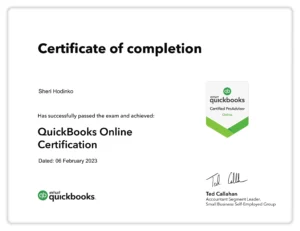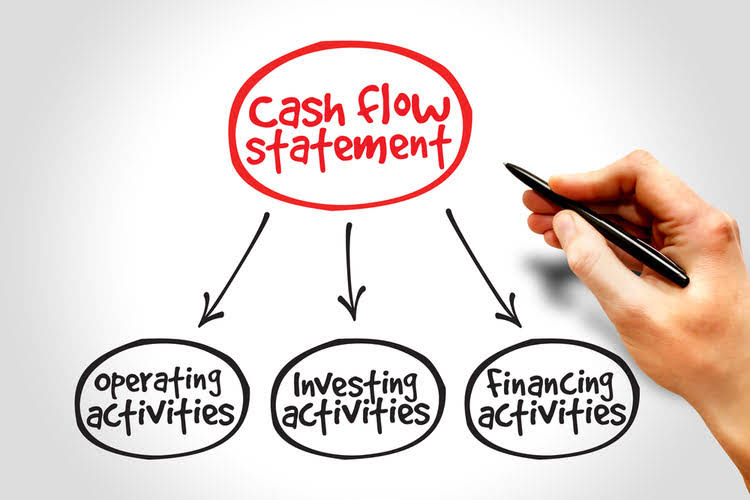Interest Tax Shield Explained Why & How Does It Work? Finance Courses, Investing Courses

Interest gets paid out from a company on business loans it takes out. In this example, the year one ROI for a debt-funded purchase makes the decision look easy. Tax is almost $1,000 less on the year because of the debt shield, and the net income of $44,254 is more than double the cash down payment plus principal.
- A U.S. corporation may deduct the interest expenditure related to bonds payable from its taxable income.
- When you run a business, the equipment needed – such as computers and printers – wears out over time.
- In order to qualify, the taxpayer must use itemized deductions on their tax return.
- This makes the debt to be even more expensive for the firm to service hence lowering the value of the business.
- Despite having a cash pile of nearly $35 billion in September 2021, the company carried long-term debt of about $162 billion.
- Itemized deductions allow you to deduct the dollar amount of various expenses, such as interest on student loans and mortgages.
Impact of Tax Shield on Valuation

Note that in case the firm is unable to live up to the requirements of an agreement, then it may find itself in financial crisis because of the pressure the firm is under. This makes the debt to be even more expensive for the firm to service hence lowering the value of the business. It also means companies have more money available to reinvest back into the business for higher growth. While debt can be a good thing as we’ve seen with the $2 million tax saving above, there are always cases where a company has too much debt on its books.
Depreciation Tax Shield Calculator — Excel Template
Optimizing your return is often one of the most important things you can do during tax season. One way to make the most of your tax situation is by using deductions to lower your tax burden. The mitigating factors to your taxable income are known as tax shields.
- This happens through claiming allowable deductions like medical expenses, charitable donations, or mortgage interest.
- When you buy capital assets over a certain dollar value (chosen by the business), they cannot be expensed.
- For example, the child tax credit deducts up to $2,000 per dependent age sixteen or younger.
- The tax shield approach will decrease taxable income and decrease the tax you owe.
- Companies are always trying to improve their edge not only by improving the products and services they bring to the market.
- The Internal Revenue Service (IRS) allows businesses and individuals to deduct certain qualified expenses, thereby lowering their taxable income and their ultimate tax liability.
Business Costs
For donations to qualify, they must be given to an approved organization. Taxpayers who wish to benefit from tax shields must itemize their expenses, and itemizing is not always in the best interest of the taxpayer. It only benefits you to itemize when the total of all of your deductions exceeds the standard deduction for your filing status. Otherwise, you would be paying taxes on more income than you should. A Tax Shield is an allowable deduction from taxable income that results in a reduction of taxes owed. Tax shields differ between countries and are based on what deductions are eligible versus ineligible.
Type 6: Use fringe benefits
A tax shield refers to an allowable deduction on taxable income, which leads to a reduction in taxes owed to the government. Such allowable deductions include mortgage interest, charitable donations, medical expenses, amortization, and depreciation. These deductions reduce the taxable income of an individual taxpayer or a corporation. Therefore, expenses related to interest play the role of a shield against tax obligations.
A tax shield in capital budgeting is a way for corporations to strategically plan their optimal capital structure and decide which investments to follow. This, in turn, makes debt funding much tax shield accounting cheaper since interest expenses on debt are tax-deductible. The benefit of using depreciation with a tax shield is that you can subtract any depreciation expenses from taxable income.
- It’s nice to not pay $3,374 in taxes, but that isn’t worth shelling out $16,067 in interest.
- But once the interest expense is accounted for, the two companies’ financials begin to differ.
- A tax shield refers to tax deductions that an individual or business can take to lower their taxable income.
- It is accomplished by utilizing legal deductions such as mortgage interest, medical costs, charity contributions, amortization, and depreciation.
The Ascent Guide to Tax Shields for Small Businesses

When deciding to take a mortgage to purchase a building for their business, a tax shield will be created as a result. This is because mortgage interest is tax-deductible and the deduction applies to the interest and not on the mortgage payment. If the firm puts a tax shield into consideration when making the mortgage decision, then it will be easier to make a decision. Further, although interest payments on debt are usually tax deductible, the debt still must be paid off.
Alternatively, you have the opportunity to move it forward to a future point in time. Our state of the art preparation technology and web delivery services also insure that you will get your taxes back quickly which means that you’ll have your refund faster. Our web tools will allow you to track your refund and download your completed tax returns, providing you with the tools and access you need. Further, our partnership with Republic Bank provides our clients with refund anticipation loans to give you a cash advance on your refund. In truth, any tax deductible expense can be seen as a sort of “Tax Shield” in that it “shields” the business from tax. The debt allows for that interest to help with income tax deductions.

If your deductions don’t add up to an amount greater than your standard deduction, you won’t get as large of a return by itemizing. Similar to the tax shield offered in compensation for medical expenses, charitable giving can also lower a taxpayer’s obligations. In order to qualify, the taxpayer must use itemized deductions on their tax return. The deductible amount may be as high as 60% of the taxpayer’s adjusted gross income, depending on the specific circumstances.

